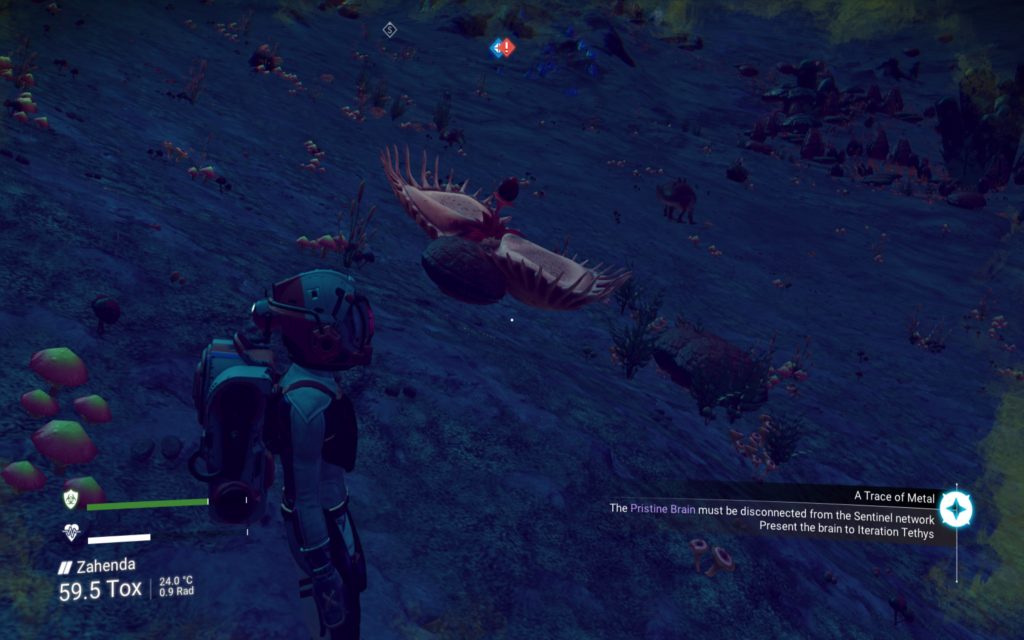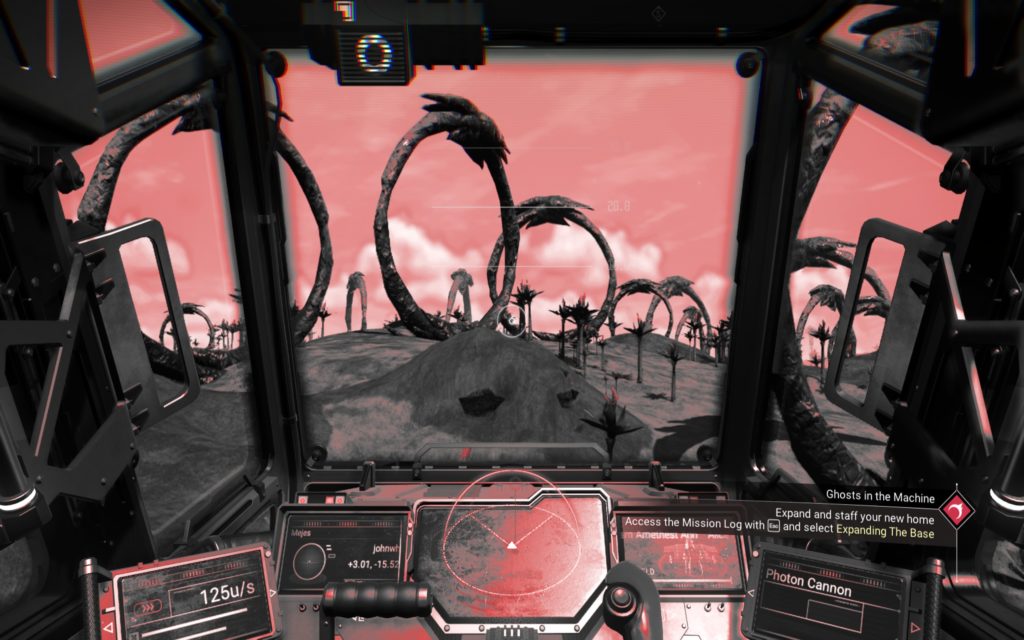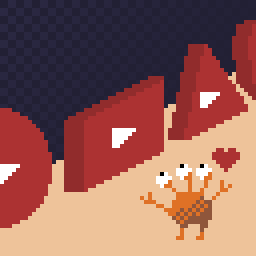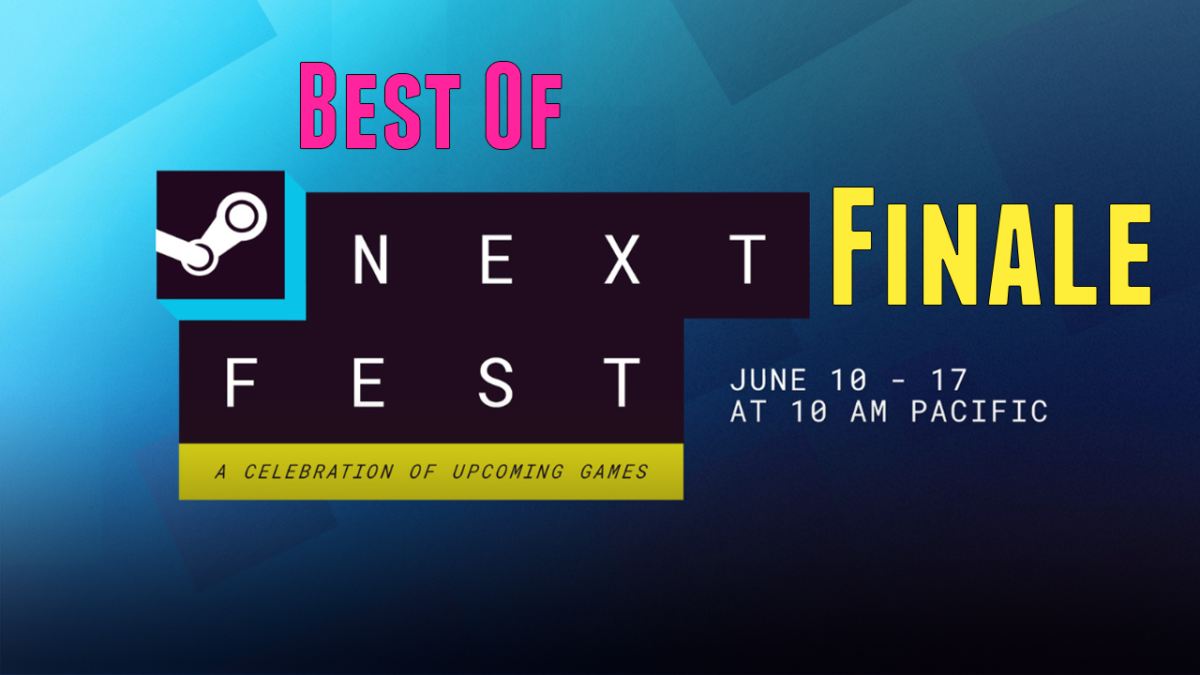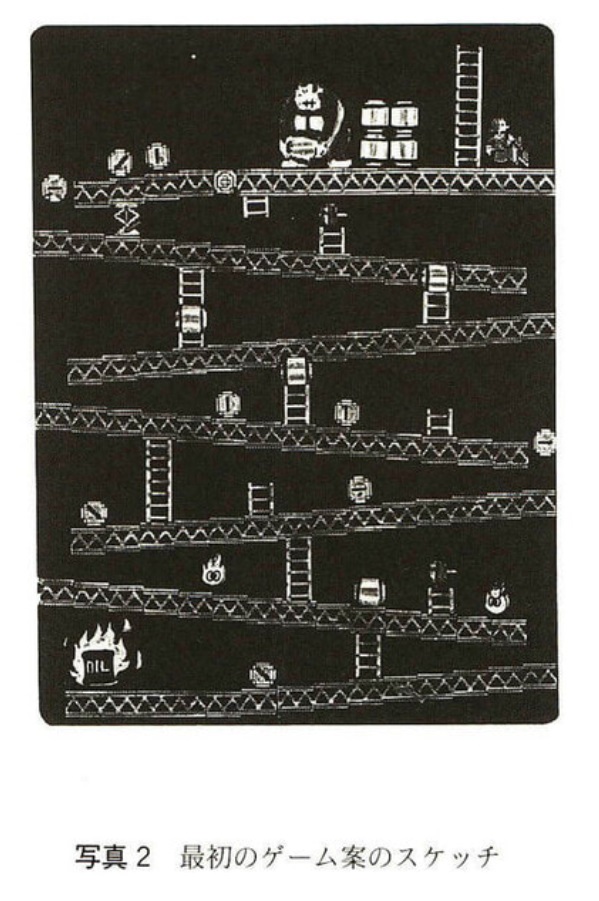I’m not going to say that famously Ms. Pac-Man is a more random game than Pac-Man, because who really knows things like that who isn’t a hardcore gamenerd. But among hardcore game nerds, it’s common knowledge. (If you didn’t know, A. congrats on your coolness, and B. sorry to now destroy your coolness.) Here a video about how randomness works in that game, from Retro Game Mechanics Explained (21 minutes):
Pac-Man is a game that is vulnerable to patterns: if you do exactly the same thing each time on the same level, the same results will occur. There is one pseudo-random element in Pac-Man though: when vulnerable ghosts reach an intersection, the code picks an arbitrary address from a range of memory addresses, then uses that value to pick a direction to decide which route to take. Two implications of this: vulnerable ghosts are most likely to head left at intersections and least likely to go up, and if any byte in that range changes the behavior of the game slightly changes too, even if it’s not an executable byte. Patterns still work in Pac-Man, despite this pseudo-random function, because the seed is reset at the start of every level, so if you do exactly the same thing, vulnerable ghosts will still have the same information fed to their movement routines.
Ms. Pac-Man has other sources of randomness: the ghosts, in Scatter mode, use a different source of pseudo-randomness to decide where to go, one that isn’t so easy to manipulate; and which fruit appears and which of four predefined routes (three for one of the mazes) it’ll take through the board.
Ms. Pac-Man doesn’t have its ghosts scatter periodically through the level like they do in Pac-Man. They only scatter at the start of the board. It’s not much randomness, but it’s enough to upset rote pattern creation, since each ghost has the opportunity to make several decisions of which path to take during that period. The way the randomness is handled is interest itself. The ghosts pick one of the corners of the board, much like they would in original Pac-Man, but randomly, when making their choice of target to home in on.
So there! Now you can amaze your friends, if it were 40 years ago and your friends were then able to be impressed by your knowledge of Ms. Pac-Man! You’re retroactively welcome!
Random Elements of Ms. Pac-Man (Retro Game Mechanics Explained on youtube, 21 minutes)

